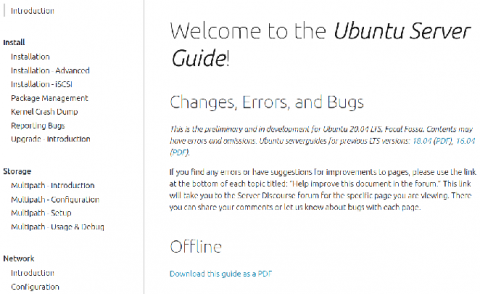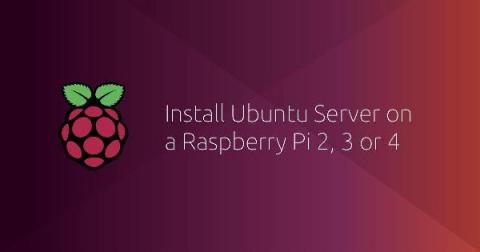The OpsRamp Monitor: Big Tech, Securing DevOps, AIOps Growth
As Covid-19 restrictions and predictions march on unabatedly, people are starting to think about what may be long-lasting changes to industries. The tech industry is a mixed bag: it all depends on your perspective. Layoffs are becoming commonplace, especially in BtoC tech startups: Lyft and AirBnB recently announced massive cuts. The giants-- which include the usual suspects Amazon, Microsoft, Facebook, Google, Apple, Netflix--are faring remarkably well, as discussed in a recent New York Times op-ed.











